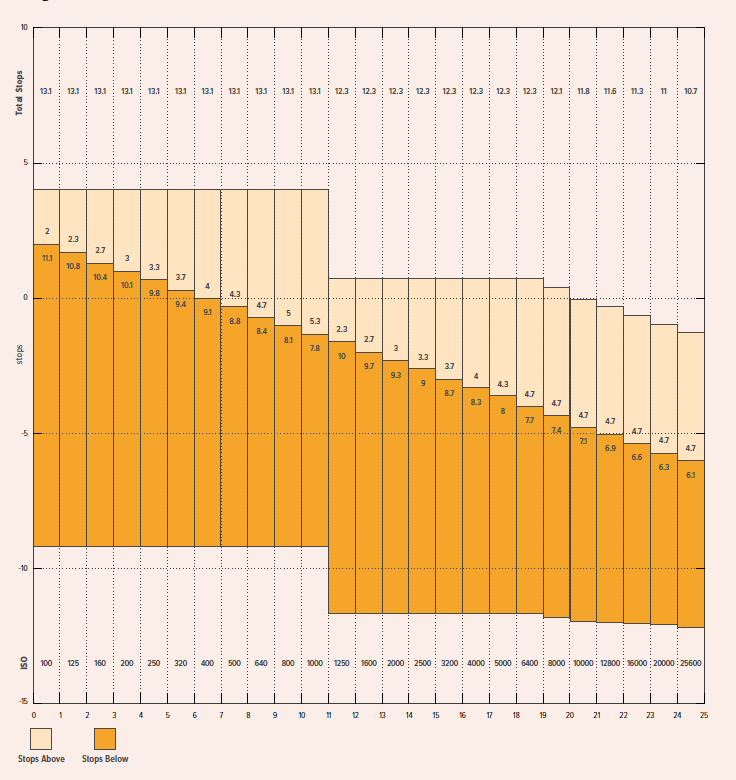- Posts: 610
- Joined: Tue Sep 03, 2013 7:43 am
Paul, thanks for posting that. John is a sage. I’ve said previously that you want to use a higher ISO setting on bright scenes if those highlights are important and lower ISO on dark scenes when you want shadow detail. But tests on the URSA Mini 4.6K sensor posted to the forum led us to conclude ISO 400 overall may be better choice than 200 for most scenes.
When I’m able to test the BMPCC4K, I kay conclude ISO 200 is a generally better choice than 100. The video was very good at illustrating how stops above and below middle grey changed with ISO setting. Seeing what happens to the noise floor with ISO 1250 was impressive and confirms the amazement of several folks at how clean 1250 can be.
I wish John had illustrated the charts for settings at ISO 3200 and 6400.
Sent from my iPhone using Tapatalk


